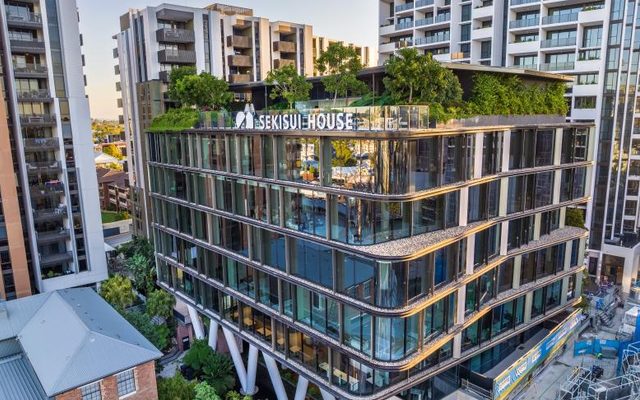This article is from the Australian Property Journal archive
BRISBANE, Perth and Melbourne have recorded the worst annual house prices fall in the 12 months to September, although the decline is the smallest in seven months.
According to the RP Data-Rismark data, national house prices fell 0.2% in September to $450,000, to be down 3.4% over the past year.
ANZ Bank research economist Paul Braddick and David Cannington said whilst prices continued to decline, the September result is the smallest decline for seven months.
During the month, prices fell in Sydney (-0.6%), Melbourne (-0.3%), Perth (-0.1%) and Canberra (- 0.5%), were flat in Darwin and rose in Brisbane (+0.4%) and Adelaide (0.5%).
Over the 12 months, Brisbane recorded the worst decline, falling 6.1% to $415,000, followed by Perth down 5.1% to $440,000 and Melbourne declined 4.4% to $460,000.
The decline was mild in Sydney, down 1.2% to $500,000.
Braddick said the price falls were concentrated at top end of the market over the past year but in recent months the softening has also impacted at the middle and lower end as well.
The top 20% of capital city suburbs saw prices rise by 0.3% in September to be down 6.4% over the year, whilst falls were recorded in the middle 60% of suburbs (-0.1% m/m, -2.8% y/y) and the bottom 20% of suburbs (-0.3% m/m, – 3.2% y/y).
Cannington said solid growth in household incomes combined with easing house prices and reduced lending rates (lower fixed rates and rising discounts) is driving some improvement in home purchase affordability.
“An official rate cut could add significantly to this improvement and help boost buyer sentiment. Nonetheless, we expect housing affordability (purchase and rental) will remain a major issue in the years ahead as market fundamentals continue to tighten.
“Despite the positive reaction to the European ‘plan’ we expect ongoing financial market volatility will weigh on housing market sentiment and push house prices sideways to lower over the next 6-12 months in most capital cities,” he added.
“Underlying market fundamentals will continue to tighten driven by a rebound in population growth combined with falling home starts and completions. Low vacancy rates will place increased upward pressure on rents and rising rental yields will attract investors and first-homebuyers back into the market and should support a return to modest house price gains in 2012/13.
“Housing credit growth increased in September (+0.5% compared to +0.4% in August). This continues to be driven by credit for owner-occupiers, which increased 0.5% (+6.4% y/y), while investor housing credit growth was up 0.4% (+4.6% y/y),” Cannington said.
Braddick said despite modest increases in housing credit growth since mid-2011, the outlook remains soft for the remainder of 2011.
“Ongoing weakness in house prices and general household caution should continue moderate housing credit growth for the remainder of the year – with or without an RBA rate cut,” he concluded.
Australian Property Journal



